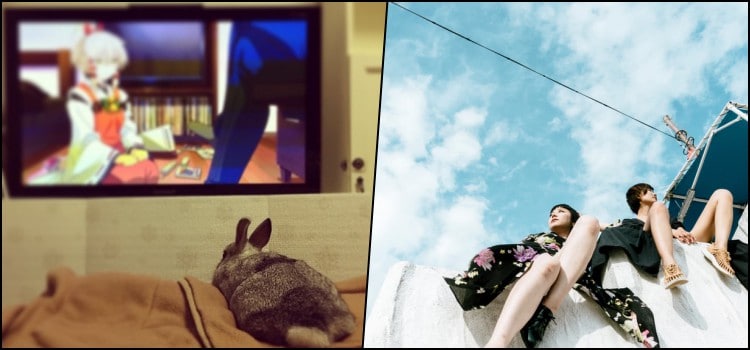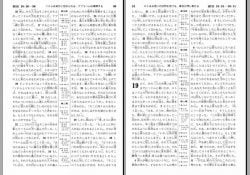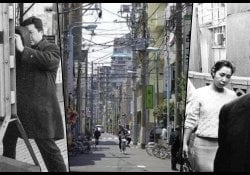I was once talking to a Japanese woman on social media and she used a different way of writing the verb ""see"” (miru). This is a typical case of a word that can be spelled with a different kanji, but is the same pronunciation and basically the same verb. But there are differences and forms of use that we will address in this article.
The verb look (見る) can mean to see, look at, watch, observe, evaluate, judge, examine and many other related things. It is a very common word that uses a very simple kanji and is often used even to express things like "appearance and equality", in addition to expressing ideas, opinions and views.
The homophonic verbs of miru (観る and 視る) have practically the same meaning, but they are used in certain occasions that we are going to highlight now. The first thing we should note that both 2 kanji of these homophonics of miru have 見 as the stem on the right side, which can mean the same pronunciation and meaning.
Índice de Conteúdo
The verb miru 観る
While the traditional verb look (見る) can be used at any time and on any occasion in general. The verb miru (観る) is often used to specify something like:
- Looking at a scene or landscape, like a tourist;
- Watch some entertainment like TV or Theater;
- See a painting or vase;
So basically (観る) is used when you're looking at something. Already (見る) is more specific to the physical act of seeing, but the tendency is to use it in both situations. We can simply conclude that one is to watch and the other is to see, but we cannot consider them as absolute words. The 観る can also be related to meditation and divination in certain cases.
The other verbs miru 視る, 診る and 看る
The other verbs that are also pronounced miru and have meanings of seeing and looking are even more specific. We will list them below and their meanings and forms of use:
- 視る - Used in the sense of inspecting, monitoring, supervising or contemplating;
- 診る – To examine (clinically), a doctor who examines a patient (The kanji also means to diagnose and verify);
- 看る – Caring (often in a medical way) nurse watching a patient (The kanji means to watch over, see);
Notice that the last 2 verbs miru do not have the stem 見, but the meaning of their kanji involves seeing what gave the verb the reading. The verbs 覧る・覗る・監る are also pronounced miru but they are no longer used. For this reason we recommend avoiding its uses and focusing only on 見る. Remembering that these ideograms are still used in other verbs such as 覗く.
There are similar cases with other Japanese verbs as in the case of the verb "to hear" (聞く, 聴く and 訊く). The best thing to do is use the desu and research the meaning and use of each of the verbs and ideograms that make up the verb. Hope you enjoyed the article, thanks for sharing. We also recommend seeing:







